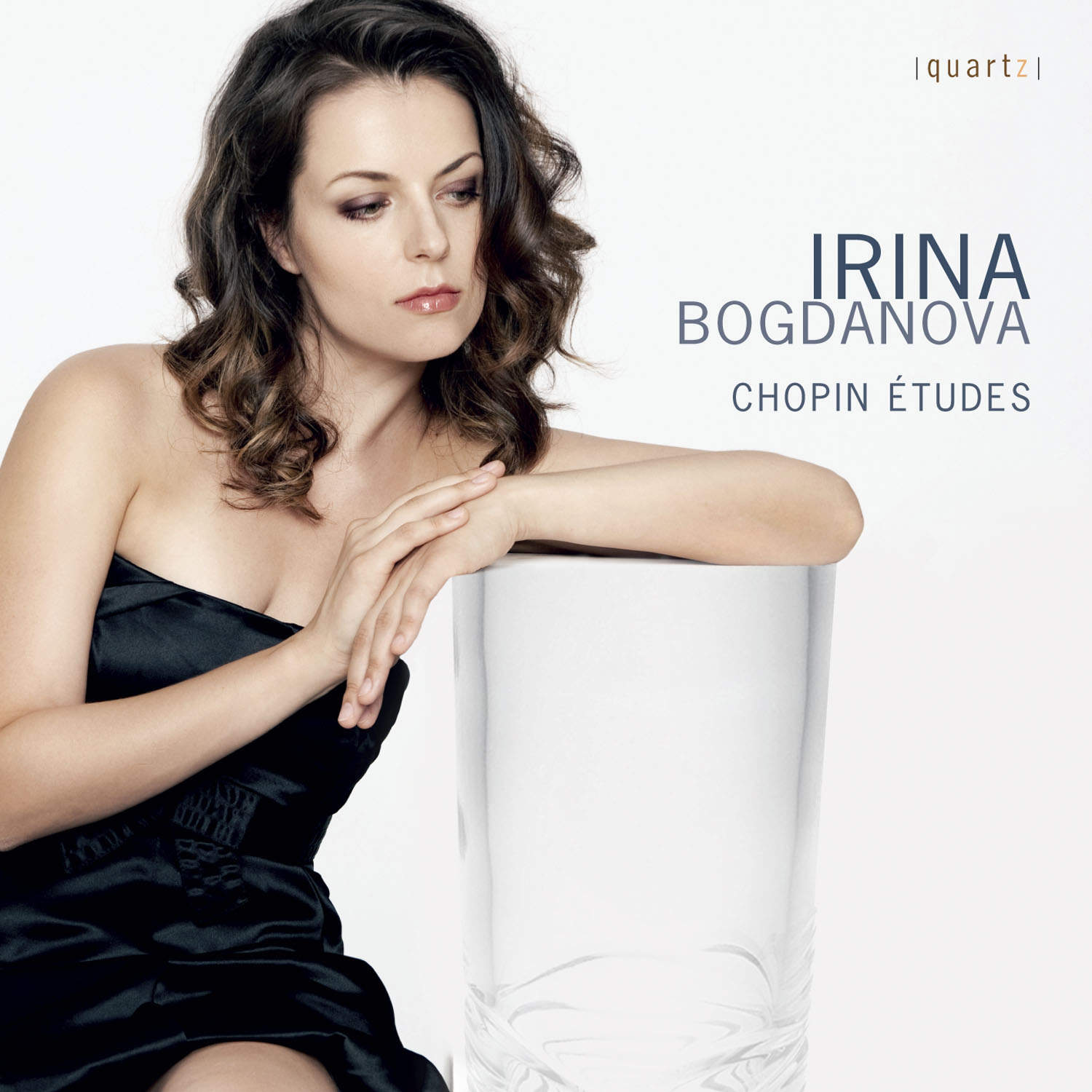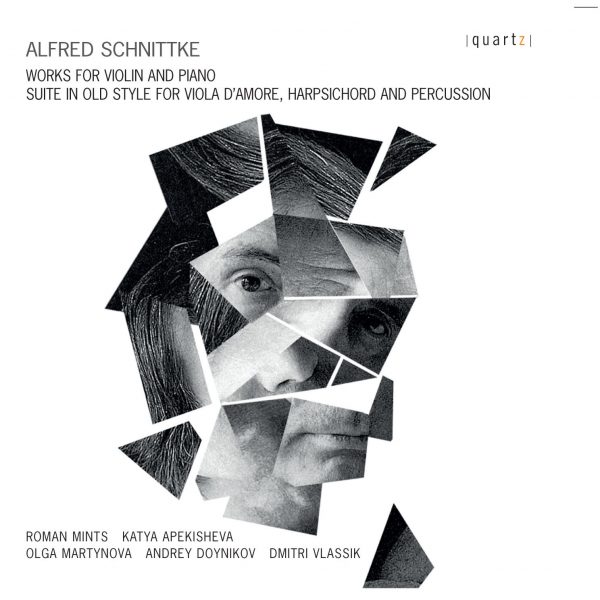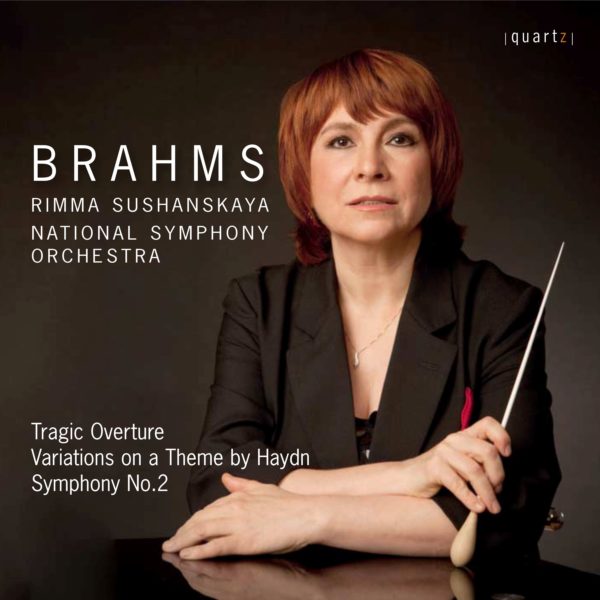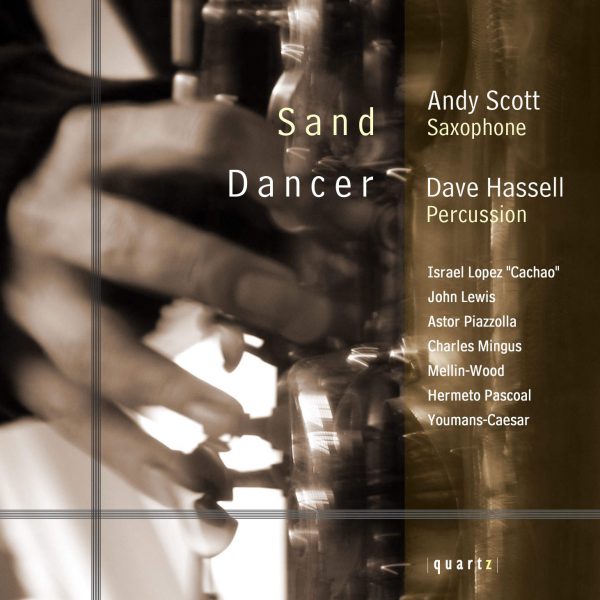Chopin – Etudes
Price range: £5.99 through £11.99
FRÉDÉRIC CHOPIN (1810-1849)
27 ÉTUDES
Études Op.10
No.1 in C major: Allegro
No.2 in A minor: Allegro
No.3 in E major: Lento ma non troppo
No.4 in C sharp minor: Presto
No.5 in G flat major: Vivace
No.6 in E flat minor: Andante
No.7 in C major: Vivace
No.8 in F major: Allegro
No.9 in F minor: Allegro molto agitato
No.10 in A flat major: Vivace assai
No.11 in E flat major: Allegretto
No.12 in C minor: Allegro con fuoco
Études Op.25
No.1 in A flat major: Allegro sostenuto
No.2 in F minor: Presto
No.3 in F major: Allegro
No.4 in A minor: Agitato
No.5 in E minor: Vivace
No.6 in G sharp minor: Allegro
No.7 in C sharp minor: Lento
No.8 in D flat major: Vivace legato
No.9 in G flat major: Allegro vivace
No.10 in B minor: Allegro con fuoco
No.11 in A minor: Lento
No.12 in C minor: Allegro molto, con fuoco
Études Op. posth
No.1 in F minor: Andantino
No.2 in D flat major: Allegretto
No.3 in A flat major: Allegretto
About This Recording
Born Fryderyk Franciszek Chopin in Poland in 1810 to a Polish mother and French father, Chopin later adopted the French version of his name, Frédéric-François, while he was in Paris. Chopin studied the piano in Warsaw from the age of seven, and was soon acclaimed for his performances at the keyboard. Inspired by Polish folk tunes heard on country holidays, Chopin began composing polonaises and mazurkas, and would remain patriotic throughout his short life, often drawing upon his native folk music as the foundation for his compositions.
It was in the autumn of 1831 that Chopin came to Paris, where he was a popular teacher of the aristocracy, and became the darling of fashionable salons, which he entertained with a multitude of waltzes, mazurkas and polonaises. He came into contact with other notable composers including Liszt, Mendelssohn and Berlioz, and was, like Liszt, lauded for his pianistic skill. However, in contrast with the pyrotechnics of such virtuosi, Chopin favoured a more restrained approach, preferring a square piano to the resonance of the grand, and eschewing the programmatic titles which others attached to his works, insisting that the music should speak for itself.
Chopin’s prodigious skill earned him a reputation, in some quarters, as the next Mozart; a rather fitting tribute, as Mozart was one of the composers whom Chopin championed even when it was not particularly fashionable to do so. Chopin declared: ‘… [Beethoven] is obscure and seems lacking in unity … the reason is that he turns his back on eternal principles; Mozart never’.
Another composer whose music offered a vital precedent for Chopin was J.S. Bach, whose counterpoint formed a central part of the inspiration behind the intricacies of Chopin’s études. Chopin’s devotion to Bach is in evidence in the first two Op.10 études especially, with continuous figurations working through their linear logic without impeding the harmonic motion. Furthermore, Chopin’s études are structured less around harmonic tension (a crucial part of Beethoven’s language), and more around the sort of textural ebb and flow, the increasing and then resolving of tension, of which Bach was such a master.
The étude was a form bound up with the Paris Conservatoire, and in 1830s it became a hugely popular virtuosic genre. However, Chopin took this well-established form and created something distinct, demonstrating that the ‘study’ could be transformed from a worthy educational exercise in technique, or perhaps a rather shallow vehicle for display, into something far more powerful and imaginative. Both Chopin’s Op.10 and his Op.25 took the étude to new heights and depths; experimental in style, while incorporating new or unusual techniques. The études, along with the Preludes, enabled Chopin to demonstrate his inventive powers in their purest form. This approach was sufficiently revolutionary to provoke scorn from poet and critic Ludwig Rellstab, who puffed: ‘A player with crooked fingers will straighten them by playing these studies, but other players should be put on their guard against them’. Schumann’s verdict was, one feels, more accurate: ‘…imagination and technique share dominion side by side’.
As Bach had done with numerous forms, Chopin’s approach to the étude was to take the conventions of the form and to expand them. In keeping with traditional approaches, each étude focuses on a technical issue by exploring and varying a single theme. However, where Chopin’s approach diverges from convention is during the wide-ranging modulations and explorations of sonority traversed in each étude, particularly during the developmental central passages.
This fusion of technical discipline and expressive depth reflected Chopin’s own approach to playing the piano. He kept his left-hand in time, while the right hand would play with touches of rubato. As Chopin said to his students: ‘Let your left hand be your conductor and keep strict time’. Thus, the right hand possesses a spontaneous, improvisatory quality, anchored by the measured left hand; and the études have just that combination of apparent spontaneity of thought underpinned by a fiercely intelligent structural logic. Furthermore, all this is achieved with remarkable concision. The brevity of the étude form suited Chopin, who occasionally struggled to sustain large-scale structures, but who was entirely at home with self-contained pieces.
Chopin’s 12 études, Op.10, were begun in 1829 and were composed in Warsaw and Vienna before being completed in Paris in 1832. This period represented the composer’s early maturity, and the set may be considered his first masterpiece, combining noble sentiment, formal cohesion and virtuosic brilliance. Moments of ingenuity abound, such as in the irregular melody of Op.10, No.3, in which Chopin avoids four-square phrasing. Yet it is not this technical intelligence that impresses the listener in Op.10, No.3, but its achingly tender melody and exquisite underlying harmonies.
The Op.10 Etudes were published in 1833 and were dedicated to Liszt. According to Schumann, there was some overlap in the writing of Opp.10 and 25, the latter of which was begun by Chopin in the years following 1832, before being published in 1837 – the year in which Chopin met George Sand (pseudonym of Amandine-Aurore-Lucile Dupin, the Baroness Dudevant), with whom he would embark upon a ten-year relationship.
Despite the overlap between Opp.10 and 25, Op.25 shows a new focus on systematic problem-solving. Chopin expanded the formal dimensions of the previous set of études, in particular in the tripartite Nos.5 and 10. Op.25 includes études devoted to leaps (No.4), the interval of the third (No.6), sixths (No.8), and octaves (Nos.9 and 10).
The final set of études was written by Chopin in 1839, commissioned by Ignaz Moscheles for a second volume of piano studies, Méthode des methodes, compiled by Moscheles and François Fétis. Chopin’s contributions explore a different set of issues to those of the Op.25 set, but with a similar sense of working through certain pianistic challenges; in this case, polyrhythms, with the hands working independently to articulate different rhythmic groupings. This ingenuity was well summarised by Fétis, one of the Méthode collaborators and also a Revue Musicale critic, in his appraisal of the significance of Chopin’s piano music:
Here is a young man who, surrendering himself to his natural impressions and taking no model, has found, if not a complete renewal of piano music, at least a part of that which we have long sought in vain, namely an abundance of original ideas of a kind to be found nowhere else… I find in M. Chopin’s inspirations the signs of a renewal of forms which may henceforth exercise a considerable influence upon this branch of the art.
© Joanna Wyld, 2014
Track Listing
-
Frederic Chopin
- Etude Op. 10 No.1 in C major: Allegro
- Etude Op. 10 No.2 in A minor: Allegro
- Etude Op. 10 No.3 in E major: Lento ma non troppo
- Etude Op. 10 No.4 in C sharp minor: Presto
- Etude Op. 10 No.5 in G flat major: Vivace
- Etude Op. 10 No.6 in E flat minor: Andante
- Etude Op. 10 No.7 in C major: Vivace
- Etude Op. 10 No.8 in F major: Allegro
- Etude Op. 10 No.9 in F minor: Allegro molto agitato
- Etude Op. 10 No.10 in A flat major: Vivace assai
- Etude Op. 10 No.11 in E flat major: Allegretto
- Etude Op. 10 No.12 in C minor: Allegro con fuoco
- Etude Op. 25 No.1 in A flat major: Allegro sostenuto
- Etude Op. 25 No.2 in F minor: Presto
- Etude Op. 25 No.3 in F major: Allegro
- Etude Op. 25 No.4 in A minor: Agitato
- Etude Op. 25 No.5 in E minor: Vivace
- Etude Op. 25 No.6 in G sharp minor: Allegro
- Etude Op. 25 No.7 in C sharp minor: Lento
- Etude Op. 25 No.8 in D flat major: Vivace legato
- Etude Op. 25 No.9 in G flat major: Allegro vivace
- Etude Op. 25 No.10 in B minor: Allegro con fuoco
- Etude Op. 25 No.11 in A minor: Lento
- Etude Op. 25 No.12 in C minor: Allegro molto - con fuoco
- Etude Op. Posth. No.1 in F minor: Andantino
- Etude Op. Posth.No.2 in D flat major: Allegretto
- Etude Op. Posth. No.3 in A flat major: Allegretto




